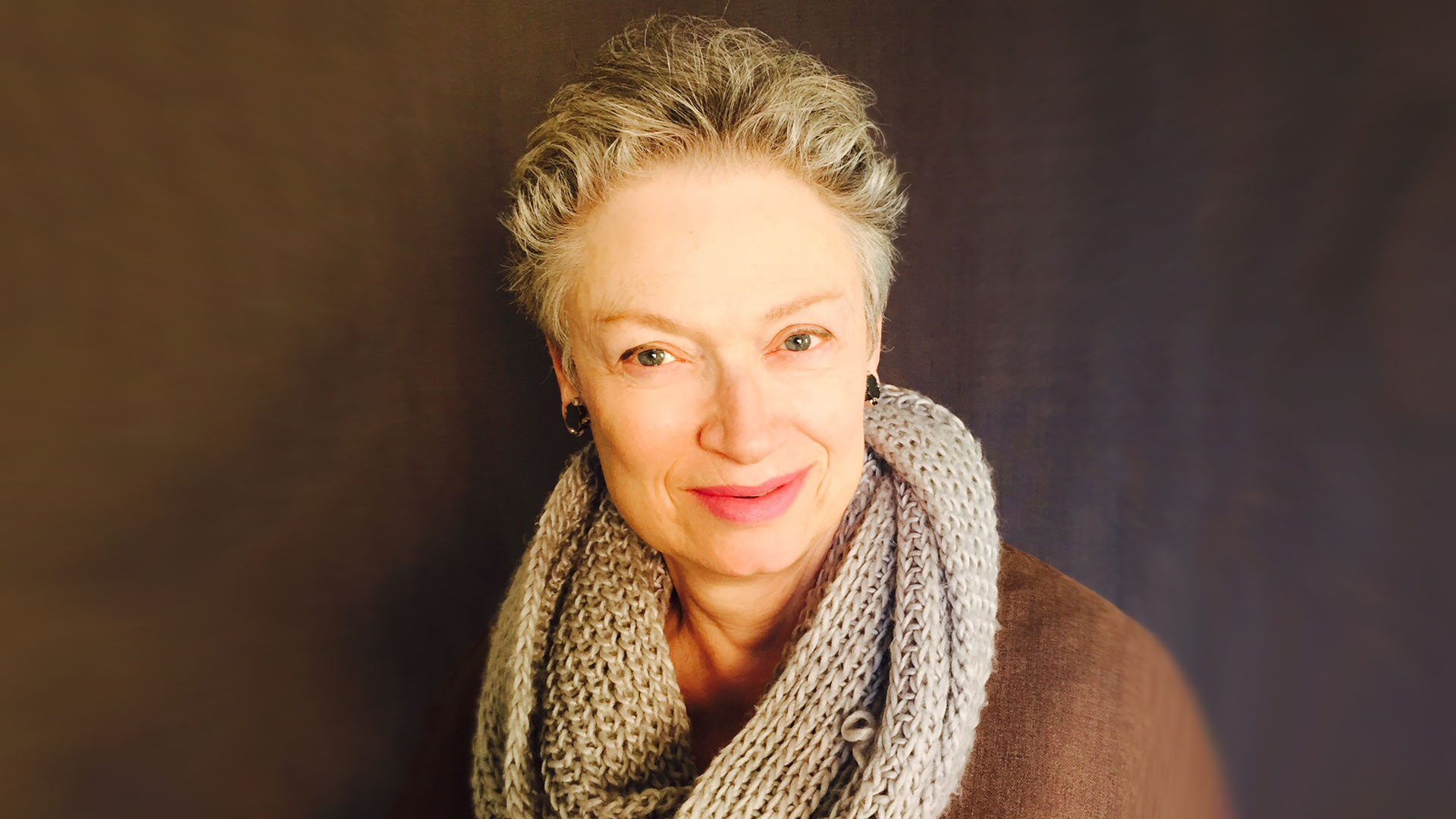Friday, Feb 26, 2016
Rider University Art Gallery exhibit reveals a unique perspective on landscape and humans in nature
by Anne Sears
Abstraction is at the core of Professor Deborah Rosenthal’s art. “That’s the place that I start from,” she says, noting that she made cubist paintings as a child.
This is clearly evident in her exhibition titled “The Seasons,” which will be in the Rider University Art Gallery March 3 through April 10. Asked about the title, she says, “I really adore Poussin’s The Four Seasons at the Louvre.”
“For me, the landscape is as much a site of human activity as anything else. I’m interested in the sort of romantic notion of the human being as a part of nature.”
University of Minnesota Professor Paul Campion’s essay in the exhibit catalog refers to her approach to abstraction, “Deborah Rosenthal’s paintings in “Seasons” reveal a sensibility immersed in landscape, in natural cycles of transformation and renewal. Rosenthal is no plein-air painter, however, no illustrator of scenic views. What makes her so remarkable is the strength of her aesthetic imagination. She is that rare artist whose formal knowledge has fused so thoroughly with her inventiveness that they appear indistinguishable: with a few brushstrokes she can bring the entire history of painting to bear, even while those brushstrokes remain spontaneous.
But history and spontaneity are not the only dichotomies Rosenthal sets in imaginative relation. Her fascination with counterpointed doubles shows in the contours and shapes themselves. The immovability of mountains and the transience of water, the hardness of rock and the softness of cloud, the repetition of patterns and their sudden interruptions—these are only some of the opposing sensations rendered in the paintings. “
The choice of the seasons as exhibit’s focus, which was made last year, seems especially meaningful now as Rosenthal recently announced that she will retire from her position at Rider at the end of this academic year. Reflecting on her decision, she says, “It will be wonderful to have more time to spend in the studio without interruptions.” At the same time, she will miss working closely with students after 36 years of teaching, the past 27of them at Rider.
She takes pride in the impact she’s had on the Rider students who studied with her, some of whom are working as artists and teachers and others who credit her with a life-long interest in art. She recalls a chance meeting at the Metropolitan Museum in New York:
“I was there with a class and a man in the gallery pulled me aside to let me know that he was a Rider alumnus. He said was in the biotech business and traveled the world. ‘You introduced me to art, he said. That’s why I’m here!’”
She also notes that 85 to 90 percent of her students have been women, and she takes satisfaction in feeling that she’s been a mentor for many of them during her time at Rider.
While painting in her studios in New York City and at her country home in the Catskills will be her primary focus when she leaves Rider, Rosenthal will also lead a foundation devoted to the work of the late artist Barbara Goodstein. She will also continue her long career writing about art. Since the late 1970s she’s contributed to a number of prestigious publications, including Yale Review, Modern Painters and Art in America; and has done translations. More recently she created and edited a book series for Arcade, a New York publisher.
Looking to the future, she says, “I hope that the traditional visual arts--painting, drawing, and sculpture--that have enriched human life for millennia, will continue to be in close contact with the liberal arts, the sciences, and professional studies in the context of the American university, including our own Rider University. Art belongs anywhere that human beings take pleasure in the world around them, evince curiosity about it, and pursue the extraordinary and singularly human capacity for creation.”

